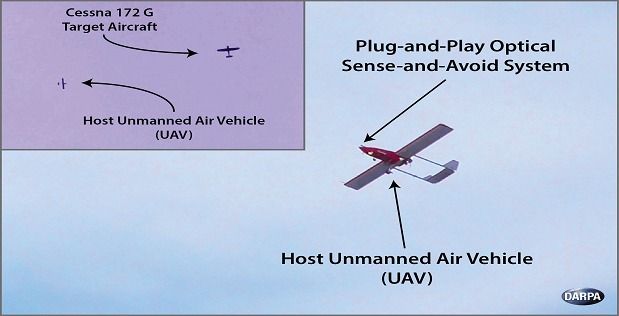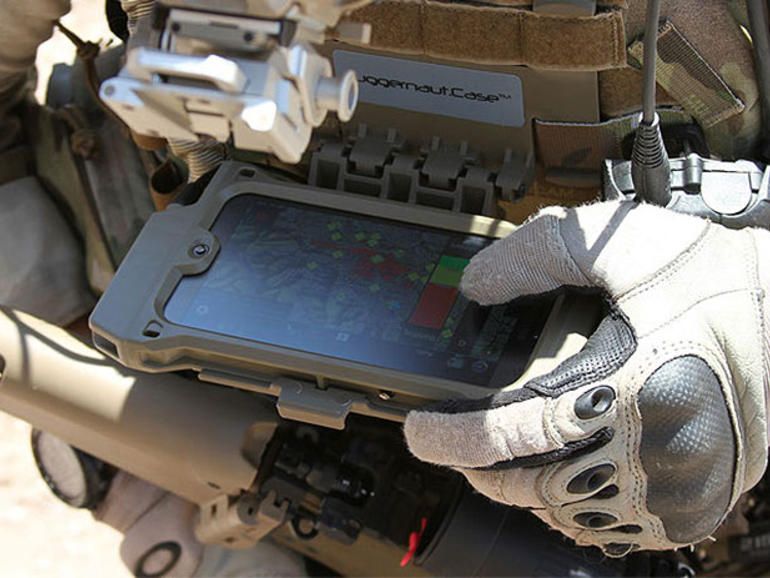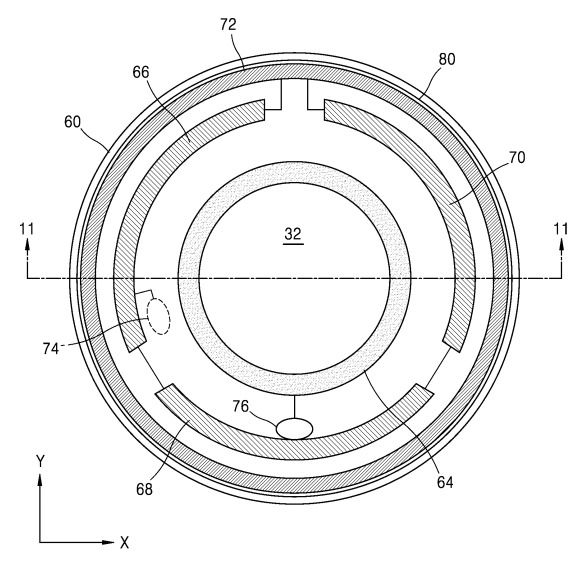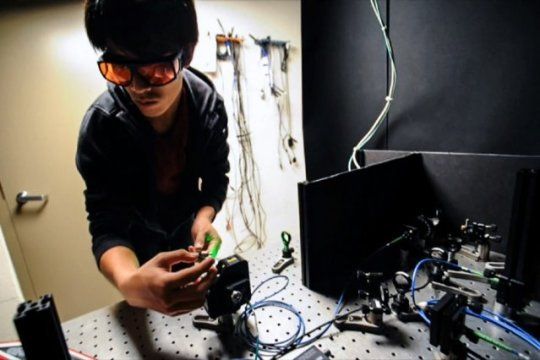Page 11254
Apr 6, 2016
How AI-powered robots will protect the networked soldier
Posted by Karen Hurst in categories: encryption, robotics/AI
DARPA’s “Squad X” uses Android tablets, encrypted real-time communication, and Artificial Intelligence to save lives.
Apr 6, 2016
Report: Drones, 3D Printing, and A.I. Will All Create Deadly New Challenges for the U.S. Military
Posted by Karen Hurst in categories: 3D printing, drones, military, robotics/AI

We all know that anything that the public can get their hands on, the black market, etc. already has access as well as those hard to get items like a rocket launcher, etc. So, not sure why anyone will be surprised by this article.
New technologies will level the playing field between the major powers and smaller, independent players.
Apr 6, 2016
Robots Are Learning to Fake Empathy
Posted by Karen Hurst in categories: military, robotics/AI

Military-funded research has developed artificial intelligence that can read and respond to human emotion.
Apr 6, 2016
Samsung Files Patent For Augmented Reality Smart Contact Lenses
Posted by Karen Hurst in categories: augmented reality, electronics, mobile phones, transportation
Samsung’s dream of creating smart contact lenses capable of capturing images and shooting videos has just drawn closer. However, the patent reveals that Samsung has been working on the concepts and not necessarily the actual product which they trademarked as Gear Blink, which was filed in both South Korea and the U.S.
‘The analysis component of the contact lens can process the raw image data of the camera to determine processed image data indicating that the blind person is approaching intersection with a crosswalk and establish that there is a vehicle approaching the intersection’. It could very well be a smart contact lens. It’s a contact lens that consists of a small display, camera, RF antenna, and sensors to detect eye movement.
SamMobile states that the “lenses can provide a more natural way to provide augmented reality than smart glasses”. While the display projects images directly into the eye of the person wearing the contacts, an external device like a smartphone is needed for processing.
Continue reading “Samsung Files Patent For Augmented Reality Smart Contact Lenses” »
Apr 6, 2016
Cattle being bred to resemble the extinct Aurochs seen in ancient cave paintings
Posted by Karen Hurst in category: futurism


The extinct heavy cattle could graze European plains again, as scientists are trying to ‘resurrect’ them from genes found in modern cattle. Aurochs were recorded by cave men in striking paintings at Lascaux, France, 17,000 years ago. An example of one of the paintings is shown above.
Apr 6, 2016
Microsoft’s ‘holoportation’ tech could be key to supplanting phones
Posted by Karen Hurst in categories: augmented reality, mobile phones, virtual reality

A few months ago; it was announced that Smartphones will be a thing of the past within the next 5 years. Luv it AR & VR with an earpiece for communications.
This is getting freaky…
Continue reading “Microsoft’s ‘holoportation’ tech could be key to supplanting phones” »
Apr 6, 2016
System Could Help Prevent Mid-Air Collisions
Posted by Karen Hurst in categories: robotics/AI, transportation

https://youtube.com/watch?v=ZN2ZiyVffPI
1st success seen in system designed to help aircraft automatically avoid mid-air collisions.
Flight tests demonstrate optical sense-and-avoid capability that detects and tracks nearby aircraft, setting the stage for future manned and unmanned aircraft to autonomously steer clear of them.
Apr 6, 2016
A new drone warship could target submarines
Posted by Karen Hurst in categories: drones, military

Good at finding diesel submarines. My verdict is out for now.
VIDEO: This drone is seaworthy.
Continue reading “A new drone warship could target submarines” »
Apr 6, 2016
Advance may make quantum computing more practical
Posted by Karen Hurst in categories: computing, engineering, quantum physics, transportation
Very nice; we’re getting closer.
But superposition is fragile, and finding ways to preserve it is one of the chief obstacles to developing large, general-purpose quantum computers. In today’s Nature, MIT researchers describe a new approach to preserving superposition in a class of quantum devices built from synthetic diamonds. The work could ultimately prove an important step toward reliable quantum computers.
In most engineering fields, the best way to maintain the stability of a physical system is feedback control. You make a measurement — the current trajectory of an airplane, or the temperature of an engine — and on that basis produce a control signal that nudges the system back toward its desired state.
Continue reading “Advance may make quantum computing more practical” »












